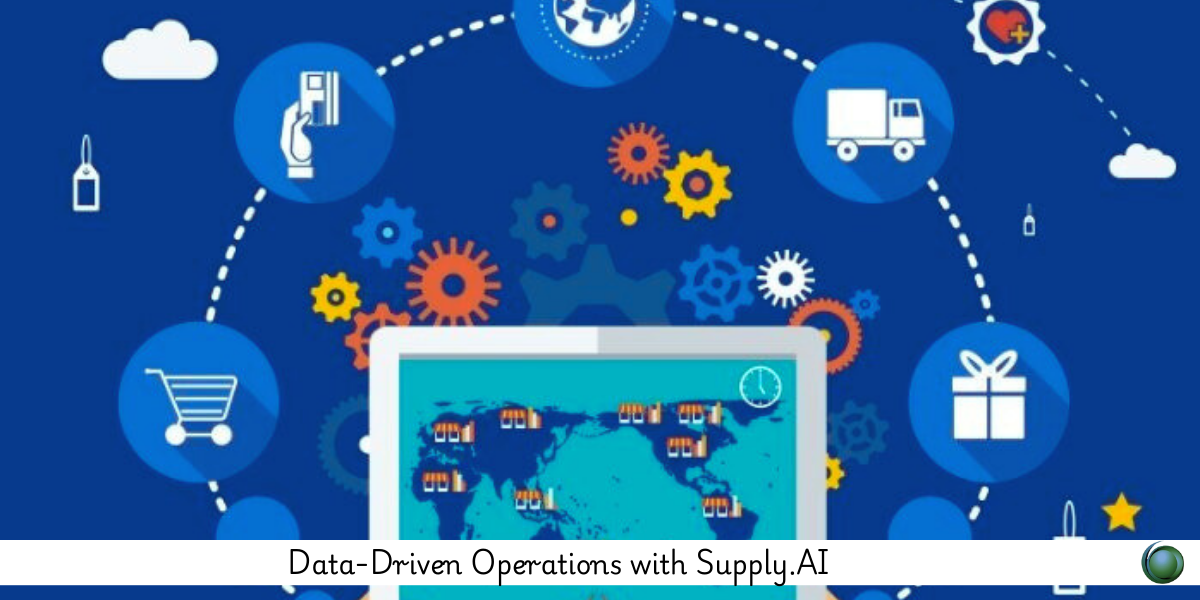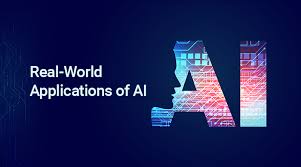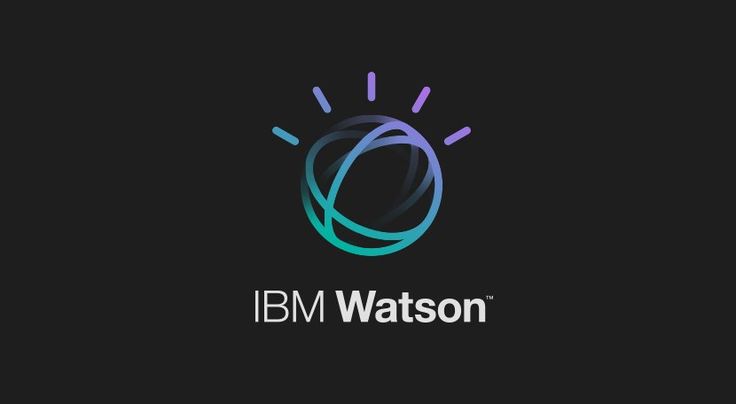Description
Introduction
Modern supply chains generate vast amounts of operational data—but turning this data into actionable insights requires the right tools and techniques. This course introduces how Supply.AI enables organizations to harness real-time data and advanced analytics to streamline supply chain operations, improve efficiency, reduce costs, and enhance responsiveness. You’ll explore how to implement data-driven workflows that empower smarter, faster decisions across procurement, inventory, logistics, and demand planning.
Prerequisites
-
Basic knowledge of supply chain management and operations
-
Familiarity with enterprise systems (ERP, WMS, TMS) is useful but not mandatory
-
No prior AI or programming experience required
Table of Contents
1. Introduction to Data-Driven Supply Chains
1.1 The Role of Data in Modern Supply Chain Operations
1.2 Overview of Supply.AI Capabilities
2. Building a Data Foundation for Supply.AI
2.1 Key Data Sources: ERP, CRM, IoT, External Feeds
2.2 Data Cleansing, Integration, and Governance
2.3 Ensuring Data Quality and Consistency
3. Operational Analytics and Dashboards
3.1 Visualizing Key Operational Metrics
3.2 Real-Time Dashboards for Inventory, Orders, and Shipments
3.3 Customizing Reports and KPIs in Supply.AI
4. Demand Sensing and Forecasting
4.1 Using AI to Analyze Historical and Real-Time Demand
4.2 Generating Dynamic Forecasts
4.3 Aligning Inventory and Production with Forecasts
5. Optimizing Inventory and Warehouse Operations
5.1 AI-Driven Inventory Optimization Techniques
5.2 Reducing Stockouts and Overstocks
5.3 Warehouse Layout and Pick Path Optimization
6. Intelligent Procurement and Supplier Management
6.1 Data-Driven Supplier Selection and Evaluation
6.2 Predictive Analytics for Procurement Planning
6.3 Automating Replenishment and Purchase Orders
7. Streamlining Logistics and Transportation
7.1 Predicting Delivery Times and Delays
7.2 Route Optimization and Dynamic Re-Routing
7.3 Freight Cost Analysis and Optimization
8. Operational Risk Monitoring and Mitigation
8.1 Identifying Bottlenecks and Vulnerabilities
8.2 Using Data to Mitigate Disruption Risks
8.3 Scenario Planning for Operational Continuity
9. Enhancing Collaboration and Decision-Making
9.1 Sharing Insights Across Teams and Stakeholders
9.2 AI-Powered Decision Support Tools
9.3 Driving Cross-Functional Operational Alignment
10. Continuous Improvement with Supply.AI
10.1 Monitoring Performance Trends and Anomalies
10.2 Using AI for Continuous Operational Optimization
10.3 Building a Data-Driven Supply Chain Culture
With Supply.AI, data becomes a strategic asset for optimizing every facet of supply chain operations. You are now equipped to harness AI-powered insights to streamline workflows, improve efficiency, and drive smarter decisions across your organization.







Reviews
There are no reviews yet.